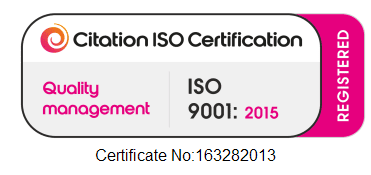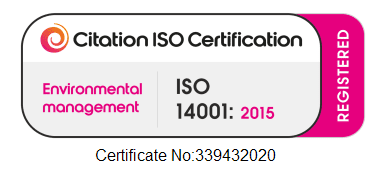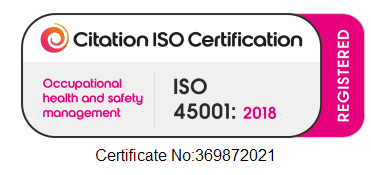Packaging – Travel Insurance for Freight Transport
Transport packaging is a cornerstone of trade
Without boxes, pallets or corrugated board, freight transport would come to a standstill. Transit packaging ensures safe, fast handling of goods of all sizes delivered to destinations all over the world.
As well as protecting the goods, the packaging has to meet the needs of the various participants in the supply chain: freight forwarders, logistics companies, shippers and customers expect handling to be simple and cost-efficient.
One of the ways in which the manufacturers of transport packaging meet these requirements is by offering standardised products such as corrugated cardboard sheets and boxes, bubble wrap and industrial shrink film, polythene film and aluminium foil.
Damage Control
Companies use a host of tools and processes such as quality control checks and returns tracking reports to keep damage rates at “acceptable” levels, which is usually two to eight percent. Oftentimes, the damage is just written off as a loss.
Preventing damage during shipments is the better business decision, not only will it result in higher profitability but will also serve as a sustainability imperative.
The manufacturing and disposing of the packaging materials accounts for just five percent of the environmental impact of the shipping.
So even if a retailer discovered a packaging material that was “carbon neutral” and was recycled 100 percent of the time (just because a material is recyclable doesn’t mean it’s actually recycled) at best, they would only improve the environmental footprint of its shipping cycle by five percent.
Forty-eight percent (almost half of the total environmental cost of shipping) comes from damage, and that’s assuming a damage rate of just one percent, which most companies would deem outstanding. Even with a one percent damage rate, the impact of that damage still represents 48 percent of the environmental impact associated with shipping. If you’re looking at the fulfilment process as a place to reduce the environmental impact where should you start?
In the five percent impact of interior packaging materials? Or would you work on getting the damage rate below one percent? Would you stop thinking one percent is acceptable?
Materials that are easily disposable matter. And the sustainability values of a company are clearly conveyed by the materials used to deliver goods.
These are conversations we must continue to have and solutions we must continue to innovate.
Making more products recyclable is a big step, but those solutions should also require less energy to produce, fewer trucks for transport, less fuel for the trucks and more recyclability at the end of life.
This is a complex issue, and at a time when there is enormous consumer pressure on plastics, it is a nuanced conversation to have with businesses and consumers alike.
The ultimate goal for brands, retailers and consumers should be to understand that ensuring an item is delivered undamaged, using materials that were sourced, created and applied using the least amount of waste and energy is what will lead to truly sustainable outcomes.







